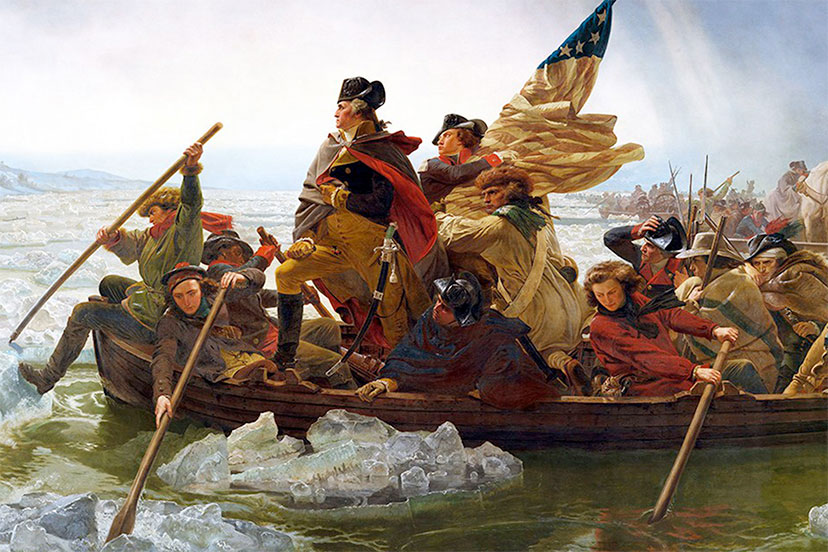New Mexico authorities on Tuesday released the names of the victims who were killed when an 18-year-old gunman in a residential Farmington neighborhood randomly shot at cars and houses using three different firearms.
Farmington Police Deputy Chief Kyle Dowdy, at a news conference, said Beau Wilson walked down North Dustin Avenue shortly before 11am Monday and killed three women: Shirley Volta, Melody Ivie, and Gwendolyn Schofield. Authorities currently assume the killings were random.
I wanted to share their names, since they were all alive on Monday morning, prior to 11am.
This editorial series was inspired, in part, by the op-ed submitted by Dr. John Tures, which we shared on Monday.
But not solely by that submission. Guns and gun violence have been topics of discussion all across the nation, and we’ve seen claims that perhaps 825 Americans were killed or injured in mass shootings since January 1, 2023, depending on how “mass shootings” might be defined.
I have not found any evidence of mass murders this year in the world’s second most populated country, India, where gun ownership is allowed for just three purposes: crop insurance, sport, and self-protection. For a self-preservation permit, a regular citizen needs to demonstrate an unavoidable risk to life.
News reports from the world’s most populous country, China, described two mass murder incidents this year, both involving knife attacks, where a total of 36 people were killed or injured. China tightly controls private gun ownership, so knives appear to be the current weapon of choice for mass murder.
The most dangerous place to live in 2023, based on “mass shooting” deaths per capita, is Norway, where the gun-ownership rate is similar to ours here in the U.S.
But let’s get back to the central issue for this week. “A Well-Regulated Militia”.
In most of the world’s countries, there are two groups that possess guns: the military, and the criminals.
In many countries, the police do not carry guns.
In 1776, the American colonies were fairly unified in the belief that a government supported by a standing army was a dangerous government… to judge by the language included in the various state constitutions from that time. We noted three of them yesterday, that all sounded similar to the article in the 1776 Virginia State Constitution:
13. That a well-regulated militia, composed of the body of the people, trained to arms, is the proper, natural, and safe defence of a free state; that standing armies, in time of peace, should be avoided, as dangerous to liberty; and that in all cases, the military should be under strict subordination to, and governed by, the civil power.
But by 1790, when the U.S. Constitution was ratified by the last of the thirteen states, the U.S. President had been authorized, in Article II, Section 2, to oversee a professional military, as well as the state militias composed of non-professionals.
The President shall be Commander in Chief of the Army and Navy of the United States, and of the Militia of the several States, when called into the actual Service of the United States…
The new United States of America had recently staged a successful revolution, rejecting British authority. The weapons relied upon by the American soldiers during the Revolutionary War were mainly French and Spanish muskets and swords, plus British muskets illegally confiscated from storehouses at the start of the War. As the war continued, American factories began to produce muskets and swords, and that was the beginning of the American arms industry. But French and Spanish arms suppliers were key to the American victories in the war.
The American soldiers belonged either to the Continental Army or the state militias. At any given time, the American forces seldom numbered over 20,000; in 1781 there were only about 29,000 insurgents under arms throughout the country. Militias, poorly disciplined and with “elected” officers, were typically summoned for periods not exceeding three months.
The terms of service in the Continental Army gradually increased from one to three years, but even bounties and the offer of free land failedto keep the Army up to strength. Maintenance of the Army suffered from the colonists’ traditional antipathy toward regular armies, the objections of farmers to being away from their fields, the efforts by state governments to keep men in their militia, and the wretched and uncertain pay during a period of inflation.
The British Army, by contrast, was a force of trained professionals. It numbered only about 42,000, so heavy recruiting programs were introduced. Many of the enlisted men were farm boys. Others were unemployed persons from the urban slums. Still others joined the British Army to escape fines or imprisonment. The great majority became efficient soldiers, as a result of sound training and ferocious discipline.
From this experience, the drafters of the U.S. Constitution placed the U.S. Army and Navy under the (supposedly) civilian control of the elected President.
While a theoretical reliance upon state militias was politically satisfying, it proved to be an administrative and military nightmare. State detachments could not be easily combined into larger fighting units. Soldiers could not be relied on to serve for extended periods, and desertions were common. Officers were elected, based on popularity rather than experience or training. Discipline and uniformity were almost nonexistent.
Two days before his death in 1799, former president George Washington wrote in a letter to Alexander Hamilton:
The establishment of a Military Academy upon a respectable and extensive basis has ever been considered by me as an object of primary importance to this country; and while I was in the chair of government, I omitted no proper opportunity of recommending it in my public speeches, and otherwise to the attention of the legislature…
The West Point Military Academy was established three years later, in 1802.
If only General Washington could see his military now.

